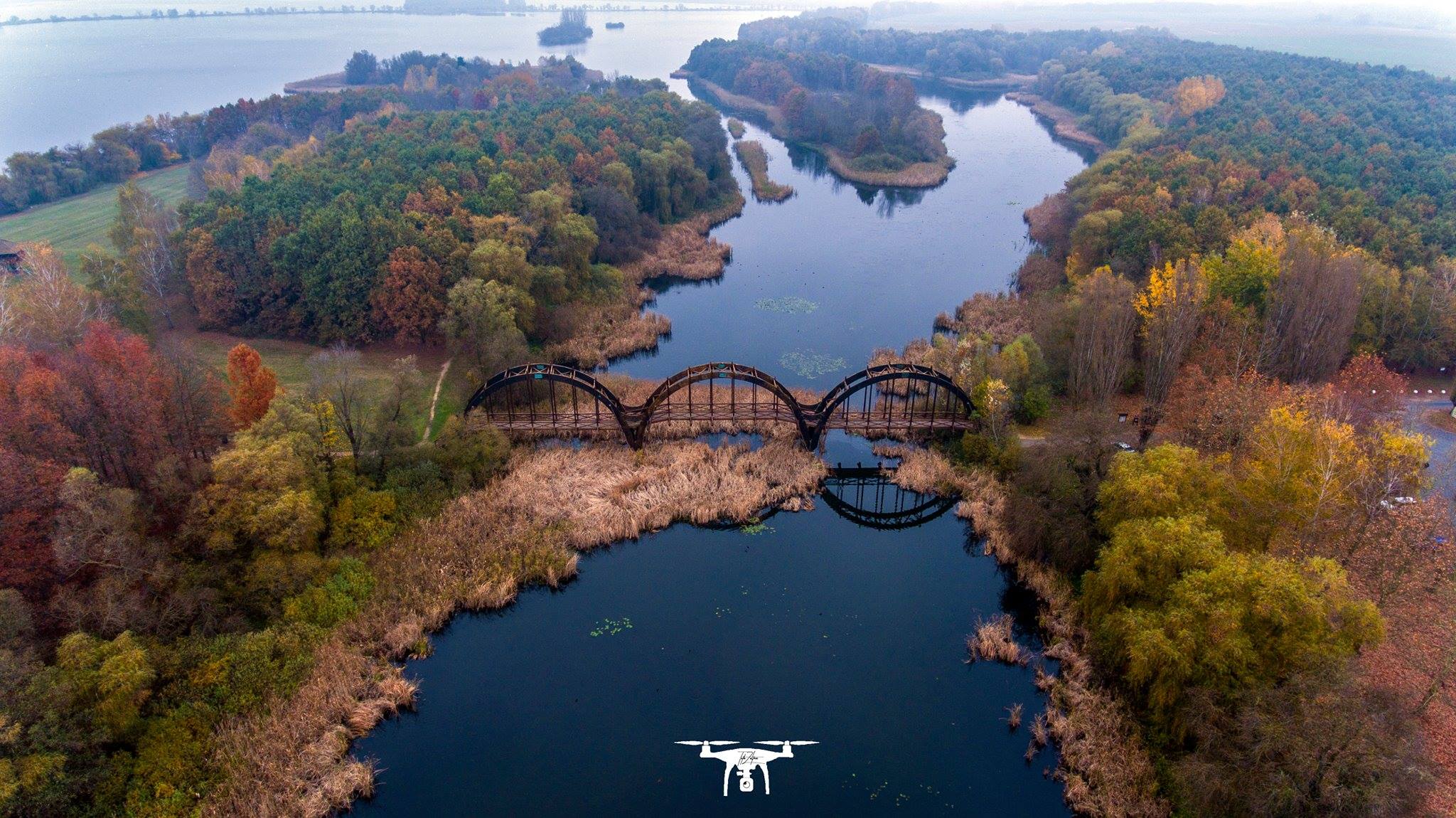What lies on the bottom of Lake Balaton?
Have you ever thought about what might lie underwater? What could be under that vast body of water you are swimming in? What mysteries could the years and years of mud and sediment hide from us? Is it something valuable, dangerous or long forgotten? In this article, you will get answers to that about Lake Balaton.
It is not a secret, but Lake Balaton is the largest lake of Central-Europe. It is the destination of the summer vacation of many Hungarian families, the home of lángos and hekk (hake). Millions of years ago, in the area of today’s Lake Balaton, volcanic activity was common. The signs of such activity could be observed all over the Northern shore. The lake you now see could have formed around 5,000 years ago, although the lake was much deeper even during the Turkish invasion, Divany says.
Back then, the Badacsony and Szent György (St. George) mountains were peninsulas, the Small-Balaton was not so small, and Siófok did not even exist.
Due to the technological expansion of the last century, such as the development of the railway system, the tourist attractions and the building of the Sió Canal, have lowered the original water level of Balaton by about 3 metres. This change is significant, as previously the fluctuation of the water levels sometimes caused villages and towns to be flooded and get underwater. Some of the ruins of such villages can be seen on the bottom of the lake even today.

The ruins of ancient towns and Roman villas
According to the archaeological finds, the shore of the lake has been populated since the Neolithic. On the northern side, archaeologists excavated several tools, and they have even found evidence of a trade route. During the Antiquity, Romans built several towns and villages on the shores; they built important roads of transportation – several of which we use today –, they built fortifications, and they sailed the water. Romans liked it so much that Emperor Tiberius visited Badacsony several times and legend says that Galerius built a floodgate at Siófok (although there is no evidence of it).

Read also‘Small Balaton’ – One of Hungary’s most miraculous places

Read alsoConcept design for the new ferries and catamarans operating on Lake Balaton released – PHOTOS
During the centuries of the Antiquity, the water level of Balaton was unusually low, so many buildings that the Romans built were later flooded. During the 1600s, mainly Turkish merchants sailed between the Southern and Northern shores, but for 100 years after the emancipation led by the Habsburgs, the life on the water almost entirely ceased. According to a military map of Lake Balaton, made in the 1700s, there was an island in the lake near today’s Tihany or Örvényes.
Fishermen’s legends say that there is an entire village hidden in the lake’s depths and that the bell tower of the said village was peaking out of the water in the past.
In 1935 they found physical evidence that supports the legends that the water flooded some of the Roman villages. They found artefacts and tools in the lake’s sediment; near Örvényes, they brought an intact vessel to the surface. Between 1957 and 1959, museologists, Lajos Tóth and Tihamér Szentléleky tried to find out more about these legends. Their research determined that there were villages built right on the shores. Due to the drought at those times, the signs of such communities are now underwater near Tihany and Örvényes. With the help of divers, they excavated interesting artefacts and coins from the bottom sediment, but for some unknown reason, the research stopped. They both estimated Emperor Galerius’ palace to be near Örvényes, but they did not find out whether it and the legend of the bell tower village were true or not.

Aircraft and explosives from the World Wars
Well, the era of the World Wars is a little bit easier to investigate as detailed records, and even photographs are available. Before World War I, Lake Balaton was already a recreational area with 14 villages built just for that purpose. The confrontations of the Great War have not directly hit or affected the Balaton area. After the Trianon Treaty, the number of people wanting to spend holidays has plummeted, and several former recreational destinations have become part of foreign countries. Although Balaton was spared, as mentioned, the number of people wanting to go on a holiday was low. Slowly it regained its glory and people were again going to Lake Balaton to relax between the two World Wars.
Towards the end of World War II, serious battles were fought near Balaton. The English and American bombers clashed with the German and Hungarian fighters over the waters, and that meant that several explosives and aircraft wreckages have crashed in the lake. Approximately 50 aircraft met their end in Balaton and 15 of them are still on the bottom of the lake exactly where they crashed. In Szigliget and Zamárdi, they built memorials for pilots and soldiers who lost their lives near Lake Balaton, and the wreckages that interfered with sailing and bathing were removed, yet amateur divers still discovered aircraft wreckages. In 1996 they found the wreckage of a Junkers-88 German bomber, three years later, the wreckage of a Soviet Il-2 gunship was discovered at Balatonkenes, and in 2003 another Soviet aircraft was found at Alsóörs.
The last accident caused by the aircraft wreckages happened in 1970, when a married couple went far into the lake in a boat and when the husband attempted to jump into the water, he hit his head on a Soviet aircraft wreckage near Balatonkenese and the injury proved to be fatal. The aircraft was removed after the accident.
Legend says that there is also a German Tiger tank somewhere on the bottom of Lake Balaton. They say that the ice under the tank broke and the water claimed the machine, but no one found any supporting evidence yet.
What to do if you find an explosive?
During the war, not only aircraft, but several explosives such as bombs, mines, ammunition, and dangerous scrap metal ended up in the lake. Although treasure hunting might sound adventurous, it is a very dangerous thing to do. If you happen to find anything that looks dangerous, you should immediately inform the local authorities and follow their instructions. There were several cases in the past when simple bathers found live explosives and ammunition in the lake. Professionals disarmed (usually detonated) some of these devices on scene, while others were safely transported before disabling them.
You should be cautious even if you are just a bather and stay in the marked areas. Let the finding of ancient artefacts and legendary treasures to professionals.

Read alsoEverything you need to know about the favourite fish at Lake Balaton, the hake

Read alsoCoronavirus – Lake Balaton serves as the hideaway location of Hungarians
Source: Divany.hu
please make a donation here
Hot news
Spontaneous euroisation continues in Hungary, expert says EUR 1 will cost HUF 500 soon
Surprising turn: The most expensive street in Hungary was at Lake Balaton instead of Budapest in 2023
MÁV imposes extraordinary order due to brutal snowfall in Hungary
Aeroplex inaugurates aviation components repair base near Budapest Airport
Hungarian far-right Mi Hazánk protests against inviting Israeli PM Netanyahu after ICC arrest warrant
“It was a deliberate and violent murder” – Parents of murdered American woman share update




